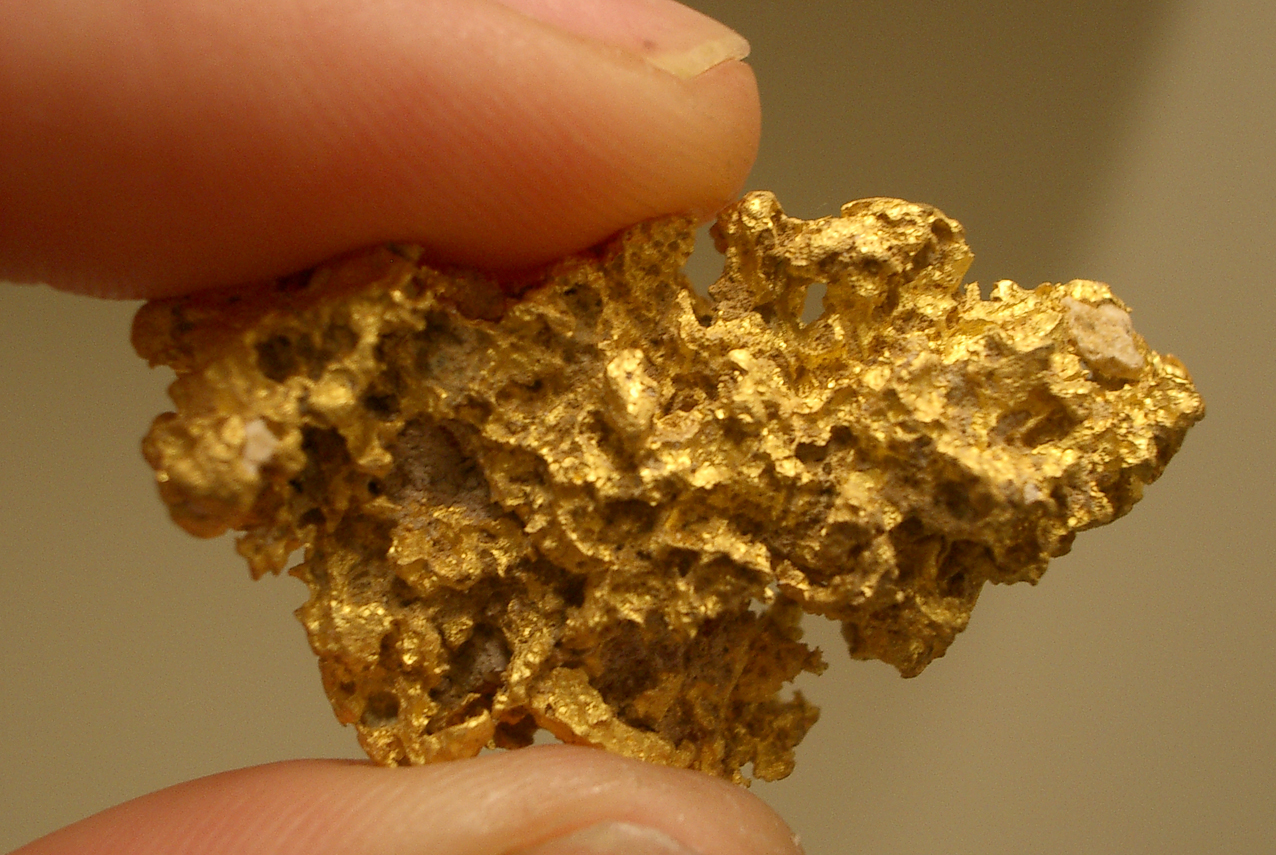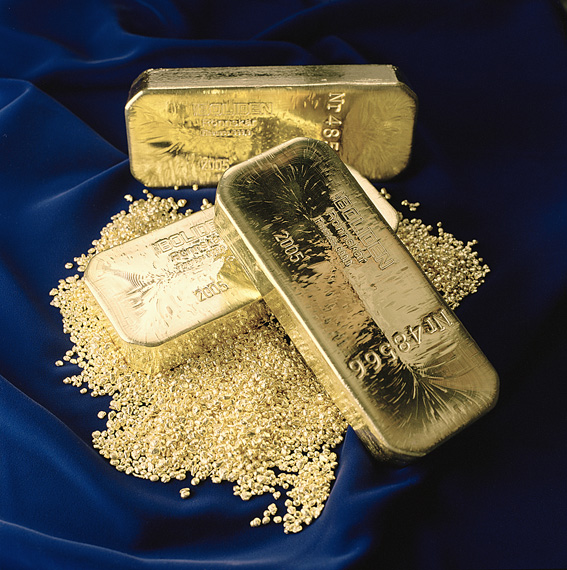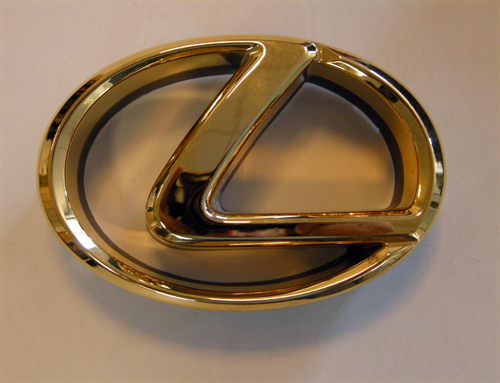Gold Mine
Gold artifacts found at the Nahal Kana cave cemetery dated during the 1980s, showed these to be from within the Chalcolithic, and considered the earliest find from the Levant (Gopher et al. 1990). Gold artifacts in the Balkans also appear from the 4th millennium BC, such as those found in the Varna Necropolis near Lake Varna in Bulgaria, thought by one source (La Niece 2009) to be the earliest “well-dated” find of gold artifacts. Gold artifacts such as the golden hats and the Nebra disk appeared in Central Europe from the 2nd millennium BC Bronze Age.
 Gold is the most malleable and ductile of all metals
Gold is the most malleable and ductile of all metals
Chemically, gold is a transition metal and a group 11 element. Less commonly, it occurs in minerals as gold compounds, usually with tellurium. Gold resists attacks by individual acids, but it can be dissolved by the aqua regia (nitro-hydrochloric acid), so named because it dissolves gold. Gold dissolves in mercury, forming amalgam alloys. Gold is insoluble in nitric acid, which dissolves silver and base metals, a property that has long been used to confirm the presence of gold in items, giving rise to the term the acid test.
Traditional Gold Mine
Gold is the most malleable and ductile of all metals, a single gram can be beaten into a sheet of 1 square meter, or an ounce into 300 square feet. Gold leaf can be beaten thin enough to become transparent. The transmitted light appears greenish blue, because gold strongly reflects yellow and red. Such semi-transparent sheets also strongly reflect infrared light, making them useful as infrared (radiant heat) shields in visors of heat-resistant suits, and in sun-visors for spacesuits.
Methods of Gold Mine
Panning
Gold panning is mostly a manual technique of separating gold from other materials. Wide, shallow pans are filled with sand and gravel that may contain gold. The pan is submerged in water and shaken, sorting the gold from the gravel and other material. As gold is much denser than rock, it quickly settles to the bottom of the pan. ‘
The panning material is usually removed from stream beds, often at the inside turn in the stream, or from the bedrock shelf of the stream, where the density of gold allows it to concentrate, a type called placer deposits.
Sluicing
Using a sluice box to extract gold from placer deposits has long been a common practice in prospecting and small scale mining. A sluice box is essentially a man made channel with riffles set in the bottom. The riffles are designed to create dead zones in the current to allow gold to drop out of suspension. The box is placed in the stream to channel water flow. Gold-bearing material is placed at the top of the box. The material is carried by the current through the box where gold and other dense material settles out behind the riffles. Less dense material flows out of the box as tailings.
Dredging
Although this method has largely been replaced by modern methods, some dredging is done by small scale miners using suction dredges. These are small machines that float on the water and are usually operated by one or two people. A suction dredge consists of a sluice box supported by pontoons, attached to a suction hose which is controlled by a miner working beneath the water.
State dredging permits in many of the United States gold dredging areas specify a seasonal time period and area closures to avoid conflicts between dredgers and the spawning time of fish populations. Some states, such as Montana, require an extensive permitting procedure, including permits from the U.S. Corps of Engineers, the Montana Department of Environmental Quality, and the local county water quality boards.
Rocker box
The rocker box, also called a cradle, uses a riffles located in a high-walled box to trap gold in a similar manner to the sluice box. A rocker box uses less water than a sluice box and is thus well suited for areas where water is limited. A rocking motion provides the water movement needed for the gravity separation of gold in placer material.
You might also like
| Gold Alloys For most uses of gold the pure metal is too... | How does gold corrode? Gold Corrosion - How it works ? Gold is... | Gold Plating Gold Electroplating - How it works ? Gold... | What is Gold? Gold the Metal Non-Ferrous Gold is a chemical... |




 Alloy Suppliers
Alloy Suppliers
 Aluminum
Aluminum
 Aluminum Extrusions
Aluminum Extrusions
 Copper-Brass-Bronze
Copper-Brass-Bronze
 Nickel
Nickel
 Magnets
Magnets
 Stainless Steel
Stainless Steel
 Stainless Steel Tubing
Stainless Steel Tubing
 Steel Service Centers
Steel Service Centers
 Titanium
Titanium
 Tungsten
Tungsten
 Wire Rope
Wire Rope